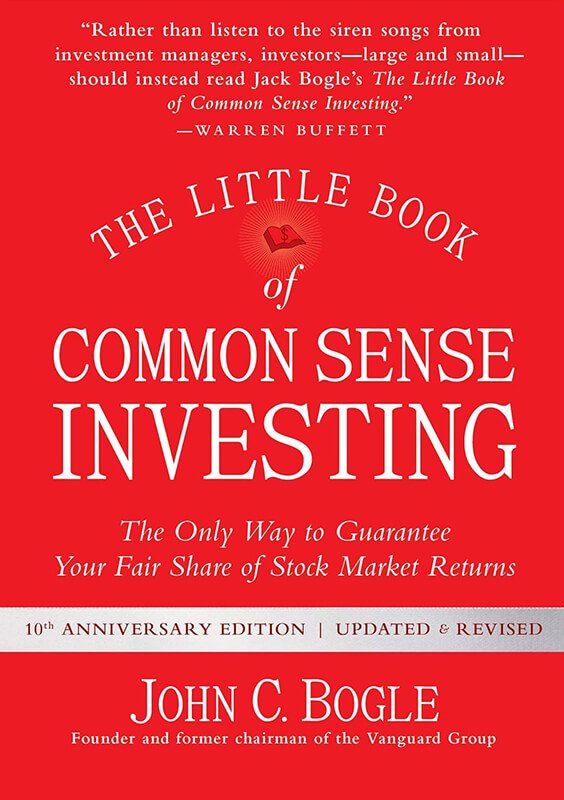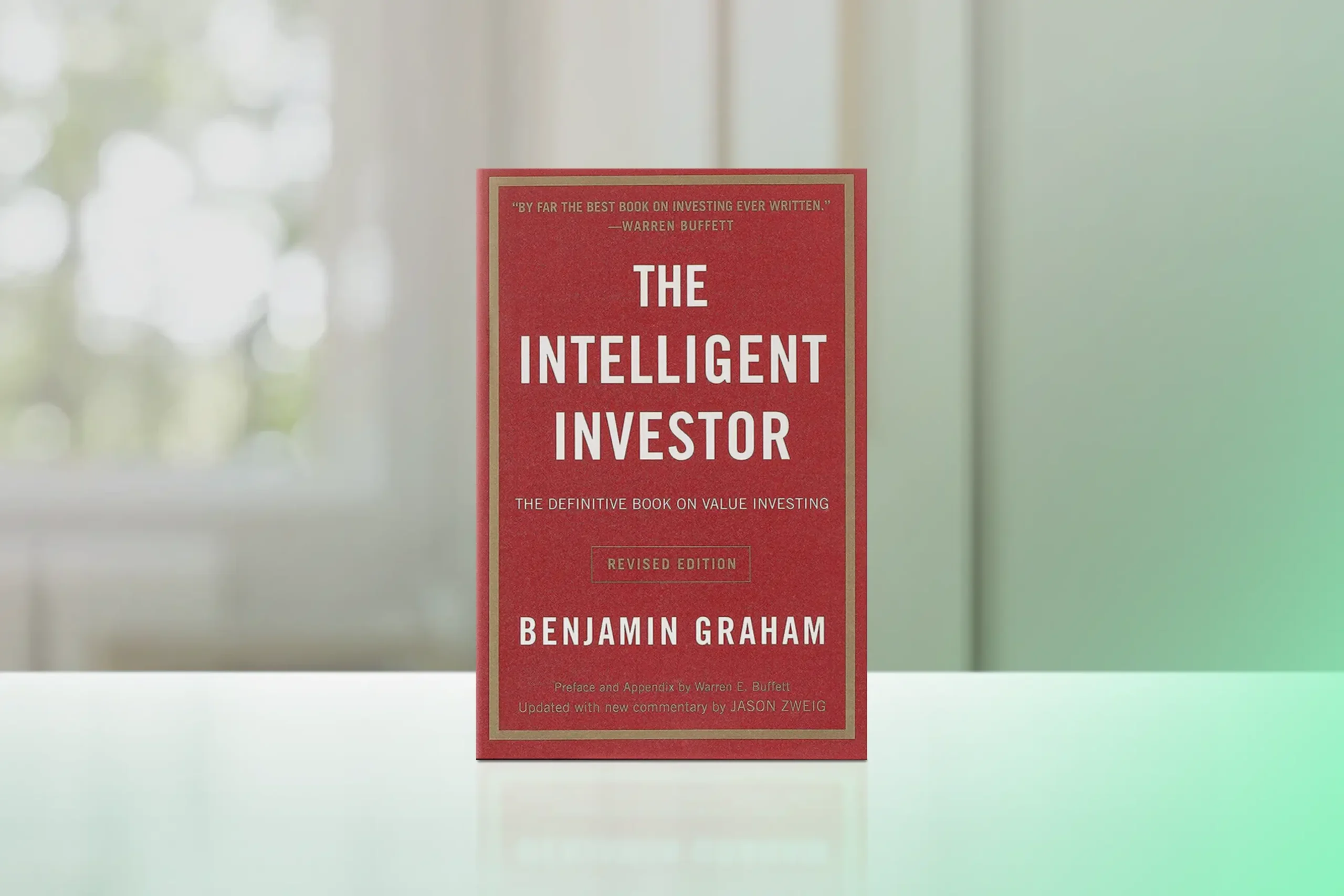In the ever-fluctuating world of finance, “The Intelligent Investor” by Benjamin Graham stands as a timeless beacon of wisdom. First published in 1949 and revised several times since, with the latest edition featuring commentary by Jason Zweig, this book has become the bible of value investing.
Graham, often called the “father of value investing,” presents a robust framework for making intelligent investment decisions that has withstood the test of time. This isn’t just another get-rich-quick scheme; it’s a thoughtful, disciplined approach to building long-term wealth that has influenced legendary investors like Warren Buffett. Whether you’re a novice or a seasoned investor, “The Intelligent Investor” offers invaluable insights that can transform your financial future.
Core Concepts
At the heart of “The Intelligent Investor” lies a set of principles designed to help investors make sound decisions based on thorough analysis rather than market emotions. Graham’s approach emphasizes the importance of:
-
- Fundamental Analysis: Evaluating a company’s intrinsic value based on its financial statements and business prospects
- Margin of Safety: Buying stocks at a significant discount to their intrinsic value to minimize risk
- Mr. Market: Understanding market psychology and using it to your advantage
- Defensive vs. Enterprising Investing: Tailoring your strategy to your personal circumstances and risk tolerance
- Dollar-Cost Averaging: Regularly investing a fixed amount to reduce the impact of market volatility
These concepts aim to equip you with the tools to make rational investment decisions, protect your capital, and achieve steady, long-term growth in your portfolio.
Chapter-by-Chapter Review
Investment vs. Speculation
Graham starts by distinguishing between investment and speculation, emphasizing the importance of a safety-first approach. He sets the stage for the book’s focus on intelligent, research-based investing rather than market gambling.
The Investor and Inflation
This chapter discusses the impact of inflation on investments and strategies to protect your purchasing power over time. Graham’s insights remain relevant in today’s economic climate.
A Century of Stock Market History
Graham provides a historical perspective on stock market returns, demonstrating the long-term growth potential of stocks while cautioning against unrealistic expectations.
General Portfolio Policy: The Defensive Investor
This section outlines strategies for the risk-averse investor, including diversification and the importance of high-quality bonds and stocks.
The Defensive Investor and Common Stocks
Graham offers practical criteria for selecting stocks that align with a defensive investment strategy, focusing on large, financially sound companies.
Portfolio Policy for the Enterprising Investor
For more active investors, Graham provides guidelines for seeking out undervalued opportunities in the market, while still emphasizing the importance of thorough analysis.
The Investor and Market Fluctuations
This crucial chapter introduces the concept of Mr. Market, teaching investors how to take advantage of market irrationality rather than falling victim to it.
Investing in Investment Funds
Graham discusses the pros and cons of mutual funds, providing criteria for selecting funds that align with intelligent investing principles.
The Investor and His Advisers
This chapter offers guidance on working with financial advisors and the importance of maintaining your own judgment in investment decisions.
Security Analysis for the Lay Investor
Graham provides a framework for analyzing stocks and bonds, making complex financial concepts accessible to the average investor.
Key Strengths
- Timeless principles that have proven effective across multiple market cycles
- Emphasis on risk management and capital preservation
- Clear explanations of complex financial concepts
- Practical guidelines for both defensive and enterprising investors
- Updated commentary in newer editions that relates Graham’s principles to modern markets
Potential Drawbacks
- Some readers may find the writing style dated or dense
- The conservative approach may not appeal to investors seeking higher short-term returns
- Some examples and data in the original text are outdated, though updated editions address this
Who This Book Is For
“The Intelligent Investor” is an essential read for anyone serious about long-term investing success. It’s particularly valuable for:
- Novice investors looking to build a solid foundation of investing knowledge
- Experienced investors seeking to refine their strategy and improve returns
- Risk-averse individuals wanting to protect and grow their wealth steadily
- Anyone interested in understanding the psychological aspects of investing
Final Review
“The Intelligent Investor” is a masterpiece that has stood the test of time. Graham’s principles provide a robust framework for making sound investment decisions, regardless of market conditions. By emphasizing thorough analysis, emotional discipline, and a margin of safety, this book empowers you to take control of your financial future.
While some may find the conservative approach less exciting than trending investment strategies, the potential for steady, long-term wealth accumulation is undeniable. The key challenge lies in consistently applying Graham’s principles in the face of market volatility and your own emotions.
Rating: 4.6/5
An indispensable guide that equips you with timeless wisdom to navigate the complex world of investing, empowering you to build lasting wealth with confidence and intelligence.

Alternative Books
If you are looking for other books on investing and financial wisdom, consider these alternatives:

A Random Walk Down Wall Street by Burton G. Malkiel
A comprehensive guide to various investment strategies and market theories.
Rating: 4.5/5

Rich Dad Poor Dad by Robert T. Kiyosaki
Challenges conventional wisdom about money and offers a new perspective on financial education.
Rating: 4.5/5

The Little Book of Common Sense Investing by John C. Bogle
Advocates for a simple, low-cost approach to investing through index funds.
Rating: 4.7/5





